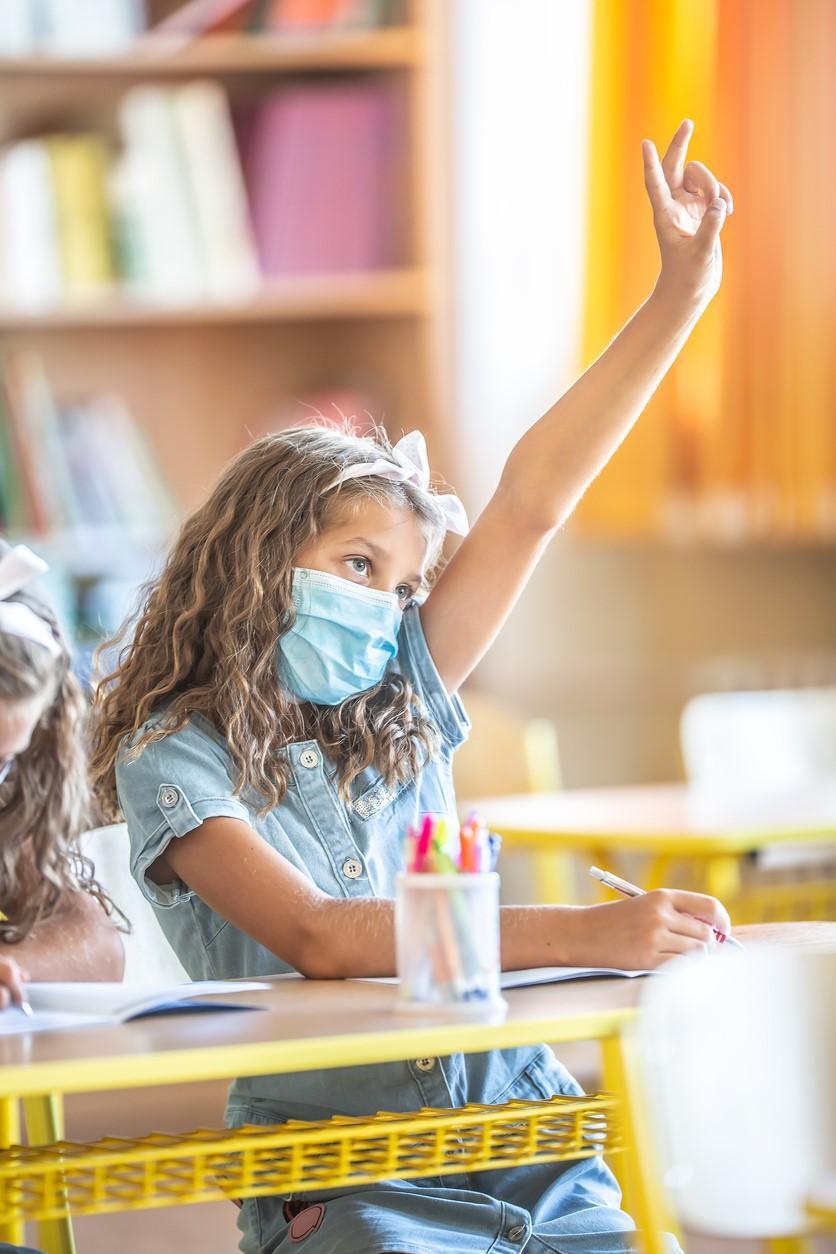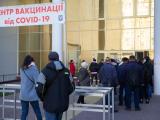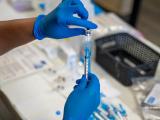Air sampling was as effective in monitoring COVID-19 and influenza A (IAV) activity as three other methods in a Wisconsin school district from September 2022 to January 2023, according to a study published today in JAMA Network Open.
University of Wisconsin researchers compared the effectiveness of four parallel COVID-19 and IAV tracking methods in the Oregon School District, which serves 4,114 K-12 students in seven schools, in fall 2022 and a brief period after winter break. The team compared air sampling with home-based reverse transcription-polymerase chain reaction (RT-PCR) testing, daily cause-specific absenteeism, and school-based rapid antigen testing (RAT).
The researchers analyzed cartridges from air samplers placed in communal areas (eg, cafeterias) at each school twice weekly for IAV and SARS-CoV-2 using RT-PCR. RAT for COVID-19 and IAV began in August 2021 and is ongoing.
"As community-based SARS-CoV-2 testing programs waned, alternatives for monitoring virus activity emerged," the study authors wrote. "Kindergarten through 12th grade (K-12) schools provided excellent venues for surveillance given their role in respiratory virus amplification."
Complementary tracking tools may help detect outbreaks
Among 334 student participants, 114 IAV (34.1%) and 32 SARS-CoV-2 (9.6%) cases were identified via home-based RT-PCR. Absenteeism monitoring documented 1,425 days out of school for IAV and 883 for COVID-19.
Of 200 RATs conducted in school nurses' offices at the same time, 24 (12.0%) were positive for flu, and 9 (4.5%) were positive for COVID-19. Air sampling detected IAV during 43 of 154 school weeks and 12 of 22 weeks and detected COVID-19 during 101 of 154 school weeks and all 22 weeks.
Kindergarten through 12th grade (K-12) schools provided excellent venues for surveillance given their role in respiratory virus amplification.
All four detection methods showed a peak in IAV activity from December 11 to 24, 2022, followed by a steep drop after winter break. Air sampling detected SARS-CoV-2 in at least two schools per week throughout the study, and home-based RT-PCR and school-based RAT also continuously identified low to moderate levels during the same period.
Different virus behaviors
The researchers noted that while all monitoring methods were equivalent, the two viruses behaved differently, with SARS-CoV-2 remaining stable throughout the study period and IAV peaking and then receding in winter.
"These contrasting activity patterns were reflected in each surveillance platform, except for RAT postwinter break, which did not detect SARS-CoV-2 activity," they wrote. "Use of complementary surveillance tools in K-12 schools, including air sampling, may enhance detection of respiratory virus outbreaks."





















